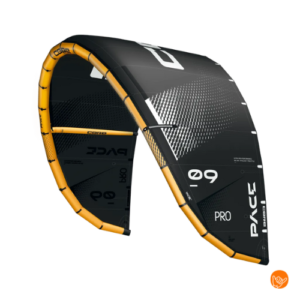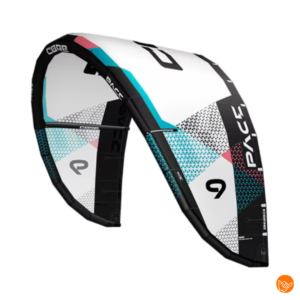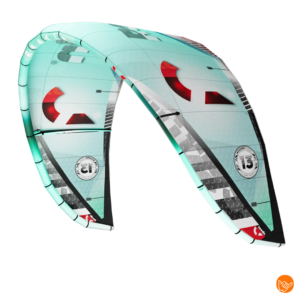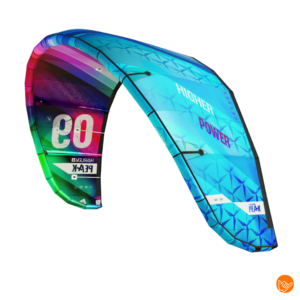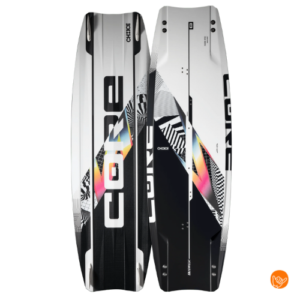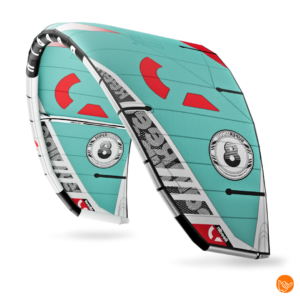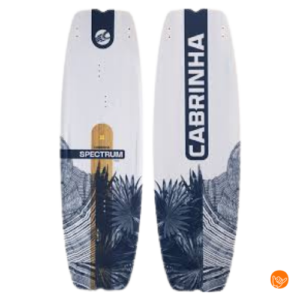The difference between renting and buying a kiteset lies mainly in cost, flexibility and responsibilities. In the kitegear rental you pay a monthly fee for access to premium equipment without a large purchase cost, while buying requires a one-time investment of €1,500 to €3,000. Renting offers more flexibility to try out different brands and ensures you always have access to the latest models.
What is the actual cost of buying versus renting a kiteset?
Buying a new kiteset costs between €1,500 and €3,000, depending on the brand and specifications. When renting, you pay a predictable monthly fee without a large upfront purchase cost.
Additional costs come with purchase that are often overlooked. Annual maintenance costs about €200 to €400, including kite repairs, line replacement and board maintenance. Insurance adds another €100 to €200 per year. The depreciation is significant: after three years, your kite set is only worth about 40% of its original value.
The renting a kiteset eliminates these unexpected costs. The monthly fee covers all maintenance, repairs and replacements. Over a two-year period, the total cost is often similar, but with renting you have had access to multiple different setups and always the latest technology. For kitesurfers who hit the water 2-3 times a month, renting can be more financially advantageous than buying.
What are the advantages of renting a kiteset over buying?
Renting provides access to the latest kitesurfing technology without the worries of maintenance, repairs or depreciation. You can try different brands, sizes and styles to discover what best suits your riding style.
Flexibility is the biggest advantage of the renting a kiteset. Wind conditions and your own development as a kitesurfer require different kit sizes and board types. With a rental service, you can easily switch between a 9m kite for strong winds and a 12m kite for lighter conditions. This is especially valuable for kitesurfers who are still experimenting with their preferred style.
Maintenance and repairs are no longer a worry. Professional rental services provide regular inspection and maintenance of all equipment. If something breaks while kitesurfing, you get immediate replacement at no extra cost. This means more time on the water and less time spent maintaining your gear.
For beginners, renting is ideal because you can upgrade as your skills improve. Instead of being stuck with a beginner's setup that you quickly outgrow, you can gradually move to more advanced equipment that suits your development.
For which kitesurfers is buying your own kiteset the better choice?
Frequent kitesurfers who hit the water more than four times a week may want to consider buying their own kiteset. Also, kitesurfers with strong brand preferences or very specific setup needs are often better off with their own equipment.
If you know exactly which kit size, board type and brand combination suits you perfectly, buying can be more economical in the long run. Experienced kitesurfers who have found their ideal setup and plan to use it for many years often recoup their investment within two to three years of heavy use.
Kitesurfers who always kite in the same location with similar wind conditions have less need for different kite sizes. A well-chosen 10m or 11m kite may be suitable for many local conditions, making the flexibility benefits of renting less relevant.
For kitesurfers who like to personalize or modify their gear, proprietary gear is essential. Some riders want specific bar settings, custom footstraps or custom fin setups that are only possible with proprietary gear. Even competitive kitesurfers who consistently need the same setup for optimal performance usually opt for proprietary gear.
How does your kitesurfing level influence the choice between renting and buying?
Beginners benefit most from rentals because they can try out different kites and boards as they develop their skills. Advanced kitesurfers can choose based on their session frequency, while experts often have specific gear requirements that drive the decision.
For beginners renting a kiteset almost always the wisest choice. In the early years, you quickly change levels and preferences. A beginner's 12m kite that was perfect for your first sessions quickly becomes too big and slow as you learn to steer better. Renting allows you to start with a safe, stable kite and gradually move to more responsive models.
Advanced kitesurfers are at the most interesting stage for the rent-versus-buy decision. You have enough experience to know what you like, but are probably still experimenting with different styles such as freestyle, wave riding or foiling. Renting allows you to try out specialized equipment before investing in a specific direction.
Expert kitesurfers have usually developed clear preferences and know exactly what setup they want. They can make conscious purchasing choices, especially if they specialize in one discipline. However, some experts still choose to rent to keep access to the latest innovations and different kites for different conditions without building up a large collection.
The choice between renting and buying a kiteset depends on your personal situation, budget and kitesurfing ambitions. For the assembling kitegear offers rental flexibility and access to premium gear without a large investment, while buying can be advantageous for frequent users with clear preferences. Consider your session frequency, desired flexibility and long-term goals to make the best choice for your situation. Still have questions about which option is best for you? If so, please feel free to Get in touch with us for personalized advice.













